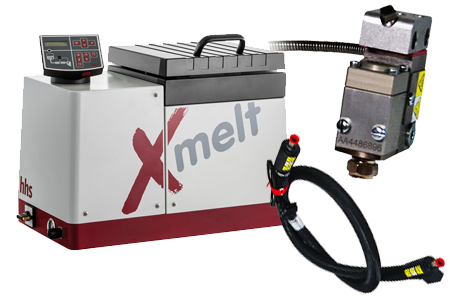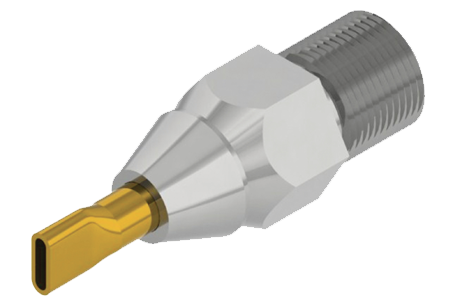Table of Contents:
- Can Glue Decompose?
- How Long Does It Take Glue to Decompose?
- How Does Glue Break Down?
- Product Options
Can Glue Decompose?
Yes and no. Decomposition in scientific terms typically refers to the natural process that occurs after death where something that was once living breaks down into smaller components. Technically, because most glue is not a living thing, it will not decompose in the scientific sense, but some glues can decompose in the more general sense that they can be broken down into smaller parts. These glues are usually referred to as biodegradable instead.
Making it even more complicated, the biodegradability of glues depends on the specific adhesive and can vary drastically from one product to the other. Some adhesives are synthetic or petroleum-based and are therefore not considered biodegradable. On the other hand, there have been more recent developments in the adhesive industry with new hot melts that are certified to be biodegradable. These adhesives are an environmentally friendly advancement in the space and have been extensively tested. Unlike other adhesives, they can break down in naturally occurring environments with no harmful products left behind.
How Long Does It Take Glue to Decompose?
Because there is such variability in the biodegradability of glues, the time it takes glue to break down also varies greatly. Synthetic glues may leave behind harmful microplastics that can sit in landfills for years and years. Other adhesives may technically be biodegradable but could still take years to break down completely. The new biodegradable adhesives are a little different.
These products are ASTM D6400-certified glues, so they are designed to be compostable in municipal and industrial aerobic composting facilities as well as biodegradable at a rate comparable to known compostable materials.1 The exact timeline for these glues to break down is still hard to determine and will depend on factors such as the adhesive’s exposure to oxygen, UV light, and heat.
How Does Glue Break Down?
While some glues will never break down completely, these more environmentally conscious products are designed to break down in naturally occurring environments. No matter if they are in stick, slug, or bulk form, once they are exposed to oxygen, UV light, and heat, they will start the biodegradation process. Continued exposure to these elements will speed up this process.
Over time, the adhesive will gradually lose flexibility and become brittle. It may also show signs of disintegration and discoloration. Microorganisms will then start to consume the degrading adhesive. One benefit of these products compared to other adhesives is that the remaining components are non-toxic and not harmful to the environment.
Finding a Glue That Breaks Down
Because a lot of adhesives are not really considered biodegradable, finding one that is can be a challenge. Fortunately, we offer a collection of biodegradable hot melt adhesives that meet ASTM D6400 standards for biodegradability and compostable. They come in various forms for different applications and some have specific packaging needs in mind.
We have a biodegradable automated packaging adhesive that is made for high-volume and high-speed case and carton sealing. It is low viscosity, so it can flow through narrow nozzles at lower temperatures to reduce energy use. It comes in a bulk form.
Other options are the Tecbond 214B pellets and biodegradable hot melt slugs. They are similar to the other product mentioned above in their biodegradability and how they decompose, but they are made more for manual packaging applications in large quantities. This same adhesive also comes in two sizes of glue sticks for those companies that do not need as much hot melt. The 1/2" biodegradable glue sticks are great for applications needing more precision while the 5/8" biodegradable packaging glue sticks are better for bonding heavier materials.
If you want more information on any of these products or have questions about biodegradable products in general, let us help. Contact us.
Sources:













